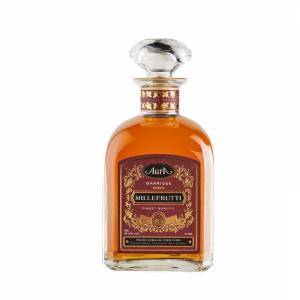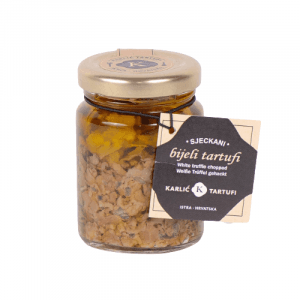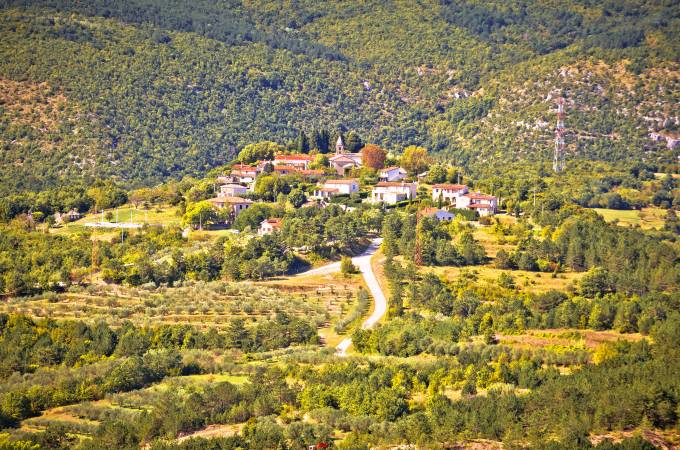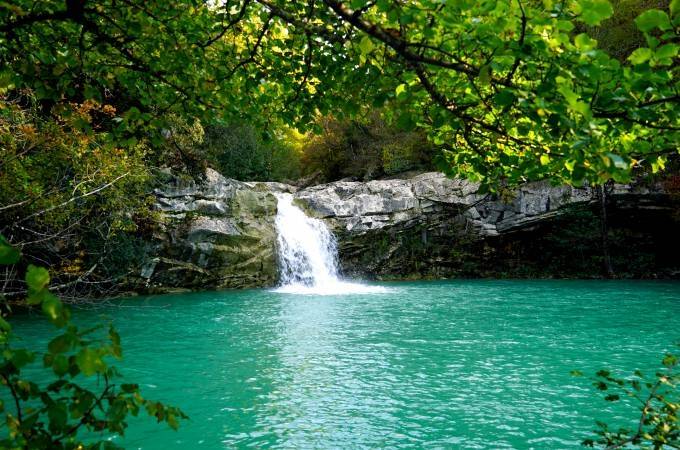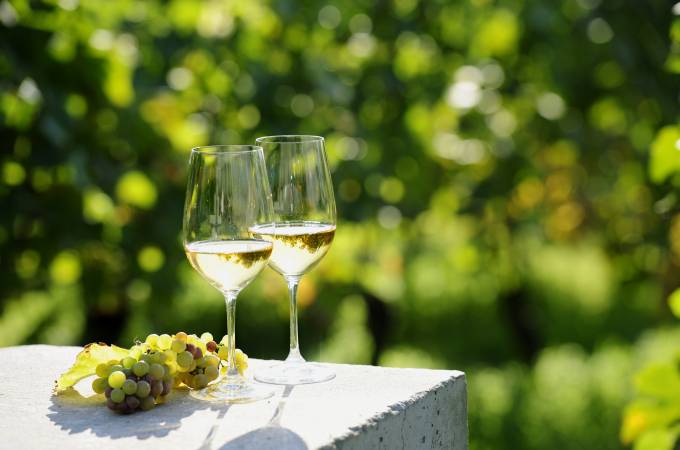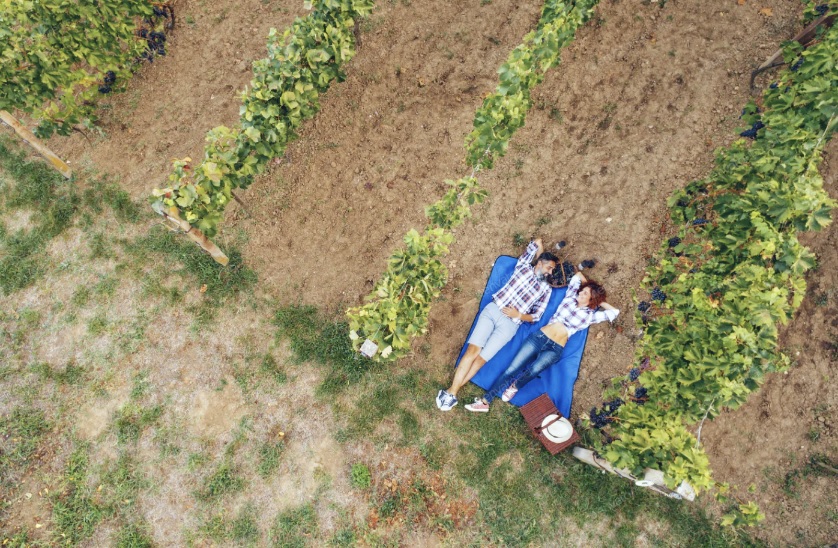Green Istria
Tourism in Istria: A Little Something for Everyone

Whoever visits Istria once, always returns to it. It is not difficult to guess why this is so and why Istria has been one of the most attractive tourist destinations of the Mediterranean for many years.
Throughout history, Istria has enchanted people primarily with its natural beauty, either the coast, beaches, and islands, or the hilly landscape of the mainland, with lush vegetation and rich forests.
A brief history of Istrian tourism
A mild climate, warm sea, and the proximity of major sea and land routes have further favored the development of tourism in Istria throughout history. It is believed that tourism in this area started during the Roman Empire when the Romans built their characteristic holiday houses (ville rustice) on the coast. In Roman times and during the Flavian dynasty, the famous Pula Amphitheater was built, as a place of entertainment that could accommodate up to 20,000 spectators.
Modern tourism began to develop in the 19th century, when Istria was under Austro-Hungarian rule and when the construction of numerous hotels and resorts began. At the time, medical tourism, health resorts, and Istrian Spa were the basis of tourism, but thanks to it the word about Istria spread and kickstarted the expansion of excursion tourism. It took time, but at the end of the 19th century, swimming in the sea and sunbathing slowly gained in popularity, baths opened, and visits to Istria multiplied. Later, during the Italian rule, there was a certain stagnation in Istria, but after the Second World War and the annexation of Croatia and Yugoslavia, tourism began to recover. In the eighties of the last century, Istrian tourism experienced its growth, which continues to this day.
Tourism in Istria today: what to visit and where to go
Today, Istria is one of the most popular Mediterranean tourist destinations, with a very recognizable identity. It is known both as a place of strong ethnic tolerance and as a place with a strong sense of regional affiliation because the specific Istrian identity was built over a long history of overlapping cultures. Such a rich heritage is visible everywhere - in both secular and sacral architecture, historical monuments, and numerous museums. Almost every town and village in Istria has numerous monuments that can testify about the long history of the peninsula.
The largest Istrian city, Pula, is abundant in historical sites and monuments, from the inevitable Amphitheater to the Arch of the Sergii, the Temple of Augustus, Nesactium, catacombs, and fortification systems.
But don't stop in Pula. Visit Monkodonja near Rovinj, the Euphrasian Basilica in Poreč, the Dance of the Dead in Beram, or medieval castles and fortresses in, for example, Dvigrad, Svetvinčenat, Pazin, Pula, Momjan, Buzet ...
If you are interested in an even more distant past, follow the footsteps of dinosaurs through Cape Kamenjak, Barbariga, and Bale. And let this encourage you to explore other natural beauties of Istria. Visit the Brijuni National Park or the Učka Nature Park. Climb Ćićarija, or peek into the Baredine Cave… Istria famously offers two opposite tourist experiences in a relatively small area - the coast, known as Blue Istria, and the continental part, Green Istria.
In addition to beautiful beaches and warm sea, coastal towns offer rich cultural content, festivals, and concerts, as well as various sports and recreational facilities. A few kilometers further, in the heart of Istria, you'll be greeted by the peace of medieval towns and the endless forests, vineyards, and olive groves of rural Istria. This is the least populated part of Istria but it will enchant you with the breathtaking landscape, delicious food, and wine.
Istrian varieties of Malvasia and Teran wines are famous around the world. The same goes for Istrian olive oil, which has been produced in this region since ancient times, and for truffles from the vicinity of Motovun that are an important element of the gastronomic image of this region. In the taverns, restaurants, and vineyards of continental Istria, the locals will introduce you to the history and legends of the area - an experience completely different from the summer commotion of coastal towns.
Istria is also known for its numerous cycling and hiking trails, so if you enjoy an active vacation, you'll love the natural beauty of the landscape and cultural and historical sights. Or choose just one place, and enjoy lazy days under the Istrian sun. Istria really offers something for everyone.


